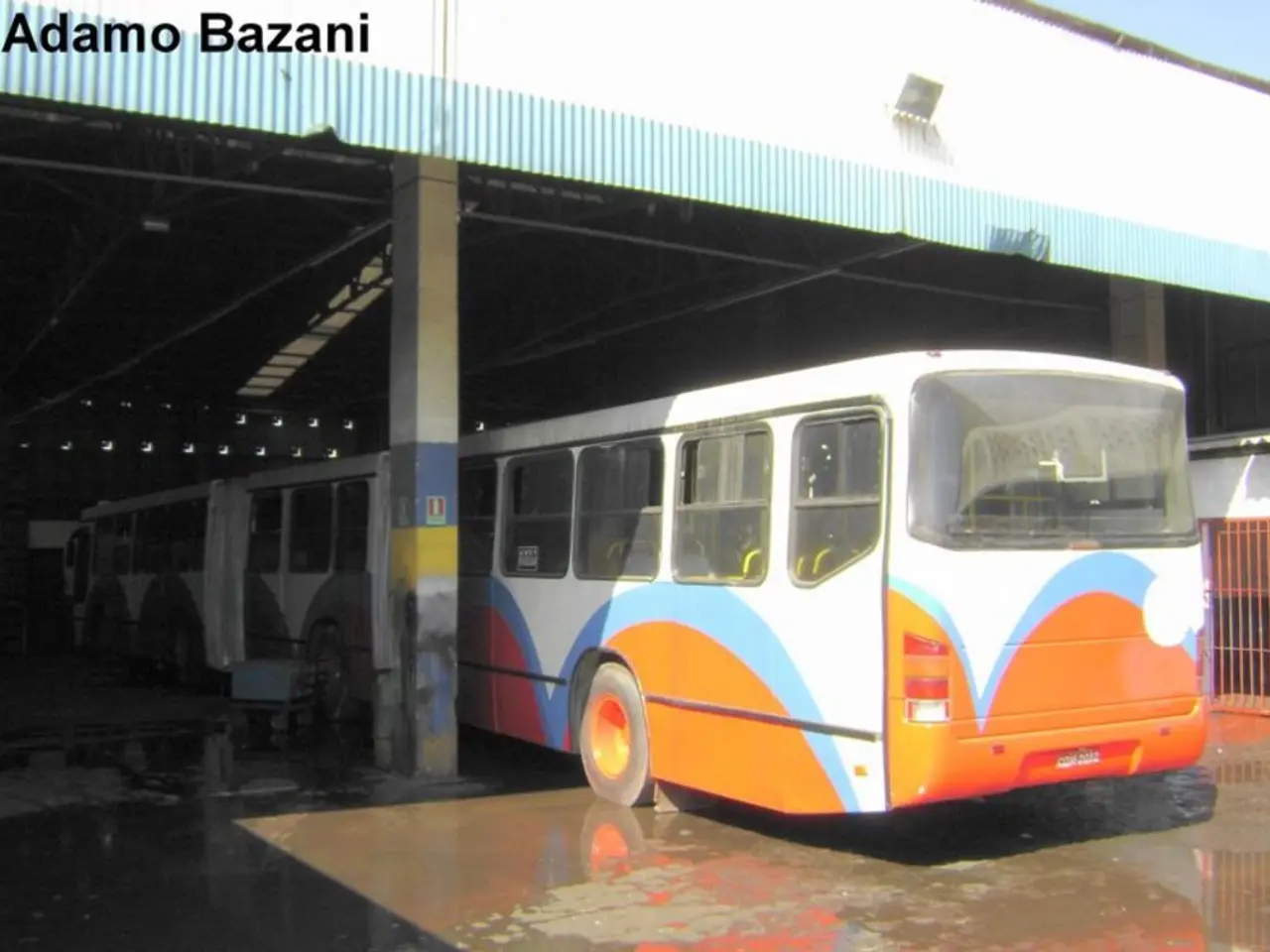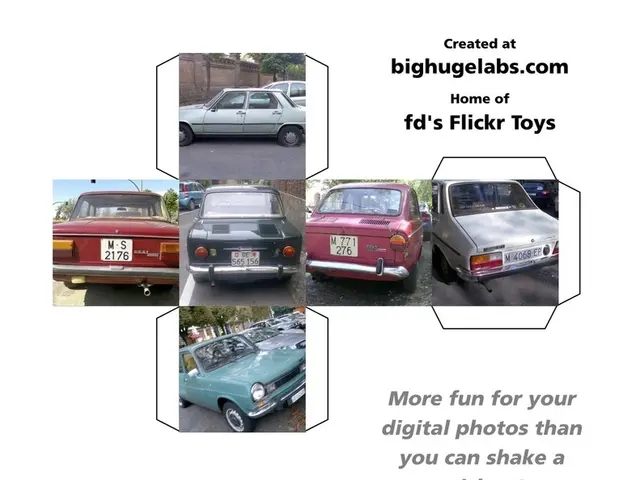The IoT Ecosystem: An Overarching Structure of Connected Devices and Networks
In the vast and ever-growing world of technology, the Internet of Things (IoT) is making significant strides. This article aims to break down the main components of an IoT ecosystem and how they interact to create a seamless, intelligent, and interconnected network.
## Main Components of an IoT Ecosystem
At the heart of an IoT ecosystem are devices and sensors. **Devices** are smart devices and physical objects connected to the network, while **sensors** collect and transmit data from the environment, such as temperature, humidity, or motion.
Actuators are another crucial component. They transform data inputs into physical actions, automating tasks such as turning on lights or adjusting thermostats.
Connectivity and communication protocols play a vital role in enabling devices to communicate with each other and with the cloud. Network layer technologies like Wi-Fi, 5G, LoRa, Zigbee, Bluetooth, and wired connections facilitate this communication.
Internet gateways act as intermediaries, facilitating data transfer between edge devices and cloud infrastructure. Cloud gateways compress and send data to cloud platforms for further processing.
Cloud platforms, such as AWS IoT, Google Cloud IoT, and Azure IoT Hub, manage, process, store, and analyze data collected from IoT devices.
Software and applications run on IoT devices and enable their functionality. Analytics and management software process, analyze, and visualize data, providing actionable insights. User applications allow end-users to interact with and control IoT systems through mobile/web apps or AI/ML interfaces.
Security tools, including encryption, identity verification, and access control, protect devices, data, and networks from unauthorized access and cyber threats. Device identification and management ensure each device can be uniquely addressed and managed within the ecosystem.
## How These Components Interact
Data collection is the first step, with sensors and devices gathering raw data from their environment. This data is then transmitted to gateways or directly to the cloud using various connectivity protocols. In the cloud or at the edge, software processes and analyzes the data, often using machine learning to derive insights.
Based on data analysis, actuators perform automated actions, such as adjusting temperature or locking doors. Users interact with the system through mobile or web applications, monitoring and controlling IoT devices as needed.
Security tools ensure data integrity, privacy, and protection from cyber threats throughout the data flow.
## Example of Component Interaction
Consider a smart thermostat, a device with sensors. When it detects a rise in room temperature, it sends the data via Wi-Fi to a cloud platform, where it is analyzed and a command is generated. The cloud sends a signal back to the actuator in the thermostat, which then turns on the air conditioning. The homeowner can monitor and override this action via a smartphone app, all secured by encryption and identity verification.
## Summary
Together, these components ensure IoT ecosystems are robust, scalable, secure, and capable of intelligent automation and user interaction. However, if one component of an IoT ecosystem does not work correctly, it may compromise the entire operation of the ecosystem. Building an IoT ecosystem has challenges due to its complexity. Partnering with an experienced software development company is the best alternative for implementing an IoT ecosystem successfully.
In the realm of a successful IoT ecosystem, software serves as a vital piece, functioning on devices and enabling their purpose through analytics and management software, transforming raw data into actionable insights and providing user interfaces for interaction (UI design). The cloud, a crucial hub, manages, processes, stores, and analyzes data from devices (data-and-cloud-computing), while offering platforms like AWS IoT, Google Cloud IoT, and Azure IoT Hub. The synergy between sensors, devices, actuators, connectivity protocols, internet gateways, cloud platforms, and software creates a seamless, interconnected network, with security tools preventing unauthorized access and preserving data integrity (security).
This system functions by data collection through sensors and devices, transmission to gateways or the cloud using various protocols, processing and analysis, automated actions by actuators, and user interaction through mobile or web applications. In the example of a smart thermostat, this process could involve detecting a rise in temperature by a sensor, transmitting data to a cloud platform via Wi-Fi, analyzing the data, generating a command, and activating an actuator within the thermostat to adjust the temperature, all while maintaining security through encryption and identity verification.
However, the complexity and scale of an IoT ecosystem necessitate careful construction and management. Partnering with an experienced software development company specializing in technology like data-and-cloud-computing and UI/UX design is advisable for a successful IoT implementation.




